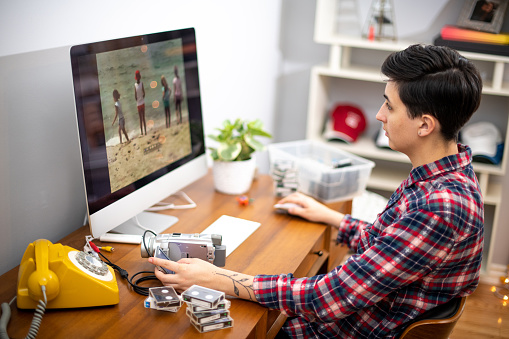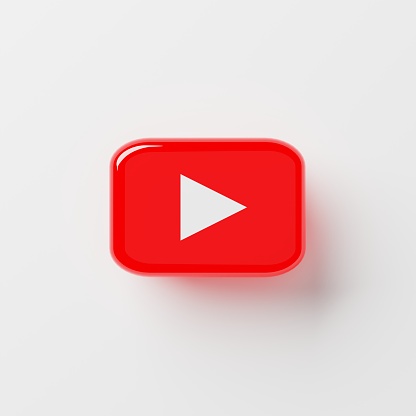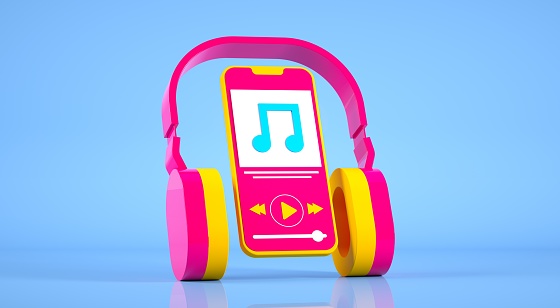What You Need To Know About YouTube’s Content ID Updates
Content ID continuously compares new uploads to the references for your assets. Matching videos are automatically claimed on behalf of the asset, and your specified match policy is applied to the claimed videos before they are published on YouTube.
Here’s what you need to know about the new Content ID updates.
Copyright owners will be required to provide video timestamps when they make manual claims.
Creators can have copyright claims made against their video in one of two ways. First and more commonly is the automatic Content ID system. However, if a copyright owner finds their material in a video the automatic system didn’t catch, then they can also make a manual claim.
Have you ever received a manual copyright claim on a video, only to not be able to figure out why? Going forward, any copyright owner who makes a manual claim against a video will be required to provide the exact timestamp of where their material appeared in the video.
New Creator Studio tools will save you from having to take your video down completely.
In the past, a copyright claim could mean having to take your video down completely. Then, you could edit it to remove the copyrighted material and reupload it. However, this process costs your video its initial views, watch time, and velocity.
Now, YouTube is working to improve the tools in your Creator Studio to combat this problem. Instead of taking your video down, you’re able to edit the copyrighted part directly on YouTube.
Editing your video automatically removes the copyright claim.
If you elect to remove the copyrighted material from your video in your Creator Studio, then the copyright claim against you will be removed automatically. You won’t have to dispute the claim to YouTube or negotiate with the copyright owner.
There are three main ways to edit your video to remove the copyrighted material. First, you can trim the claimed part of the video out. The provided timestamp will make it easy to determine where you need to cut. Secondly, you can mute the audio for a claimed piece of music. Alternatively, you can replace the song with something from YouTube’s royalty-free Audio Library.
If you don’t agree with a manual copyright claim against your video, you can still dispute it. YouTube is still working to improve its Content ID system while placing more power in its creators’ hands.
Related Posts


















